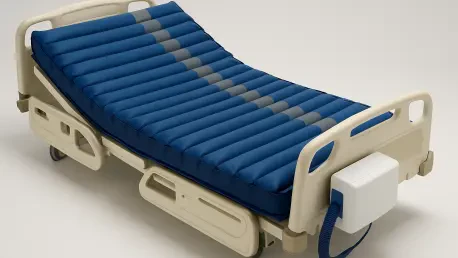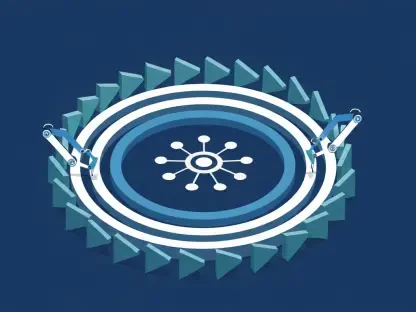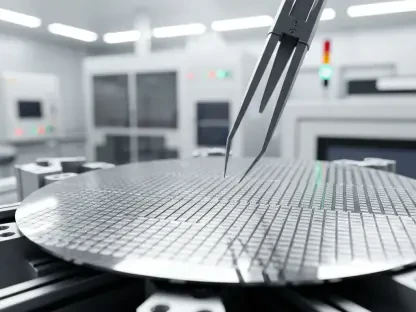Welcome to an insightful conversation with Oscar Vail, a distinguished mechanical engineering expert and technology innovator with a passion for creating impactful solutions in healthcare. Today, we dive into his groundbreaking work on an alternating-pressure mattress designed to prevent bedsores, a critical health issue affecting millions. With a background in cutting-edge fields like robotics and advanced mechanisms, Oscar has been instrumental in pushing the boundaries of medical device design. In this interview, we explore the inspiration behind this innovative mattress, the science of bedsore prevention, the unique technology driving the design, and its potential to transform patient care.
Can you share what motivated your team to develop a new mattress specifically for preventing bedsores?
Absolutely. We noticed that current methods for preventing bedsores, like manually turning patients every two hours, were not only labor-intensive but also inconsistent. Caregivers often struggle to maintain this schedule, and it can even lead to injuries for them. We saw a clear gap in effective, automated solutions that could reduce this burden while improving patient outcomes. A mattress seemed like the perfect platform to address this because it’s in constant contact with the patient and could be engineered to dynamically manage pressure distribution.
How would you describe bedsores to someone unfamiliar with them, and why are they such a significant health concern?
Bedsores, or pressure ulcers, are injuries to the skin and underlying tissue caused by prolonged pressure on a specific area of the body, which restricts blood flow. They’re a major issue because they can develop quickly in people who are bedridden or have limited mobility, often in hospitals or long-term care settings. In the U.S. alone, they contribute to over 60,000 deaths each year and cost billions to treat. They’re painful, prone to infection, and can severely impact quality of life, making prevention a top priority.
Your design incorporates over 1,200 linear actuators. Can you explain what these are and how they contribute to the mattress’s function?
Linear actuators are small devices that create motion in a straight line, essentially pushing or pulling. In our mattress, we’ve integrated over 1,200 of them to precisely control the surface’s shape. Each actuator can be adjusted independently, allowing us to create alternating patterns of pressure and relief across the body. This high number ensures we can target very specific areas, mimicking a natural shift in weight and preventing any single spot from being under constant stress.
You’ve described the mattress alternating between ‘peak’ and ‘pit’ states. Can you paint a picture of what that feels like for a patient?
Imagine lying on a surface where certain areas gently rise to support you while others sink to relieve pressure, almost like a checkerboard pattern coming to life. For the patient, it’s a subtle, cyclical shift—every few minutes, the raised areas become lowered and vice versa. This motion helps maintain blood flow by ensuring no part of the body is compressed for too long. It’s designed to be smooth and barely noticeable, so it doesn’t disrupt rest.
Your research highlights increasing pressure differences to improve circulation, which seems surprising. Can you walk us through the reasoning behind this approach?
It does sound counterintuitive, but our findings showed that a greater contrast between high and low pressure points—within a safe, comfortable range—actually stimulates blood flow more effectively than just minimizing pressure overall. By alternating which areas bear more force, we ensure circulation isn’t persistently blocked anywhere. We carefully calibrate these differences using real-time data to keep the experience gentle and supportive for the patient.
How does your mattress stand out from other alternating-pressure designs already available?
Most existing mattresses use inflatable air chambers that adjust pressure broadly across large sections. Our design, on the other hand, uses a lattice of compliant mechanisms and embedded sensors to fine-tune pressure at a much more localized level. This allows for precise redistribution based on real-time feedback, which is a big leap forward. Plus, our system prioritizes smooth transitions and better airflow, reducing issues like fluid buildup that can worsen skin conditions.
The inclusion of balancing springs and software for customization is fascinating. Can you explain how these features tailor the mattress to individual patients?
We’ve integrated nearly 30 balancing springs to make the shift between pressure states as gentle as possible, reducing any jarring sensation. The software we developed takes input like a patient’s height and weight to calculate the optimal setup for the springs and actuators. This personalization ensures the mattress adapts to different body types, minimizing the energy needed to operate it while maximizing comfort and effectiveness for each unique user.
What do you foresee for the future of bedsore prevention technology, and how might innovations like yours shape patient care?
I believe we’re just at the beginning of a revolution in preventative care technology. With advancements in sensors, materials, and automation, I expect to see more devices like our mattress that can predict and prevent health issues before they escalate. Our design could pave the way for smarter, more accessible solutions that reduce healthcare costs and improve outcomes, not just for bedsores but for other conditions tied to immobility. Ultimately, I hope to see these technologies become standard in hospitals and care facilities, ensuring every patient gets the protection they need.









